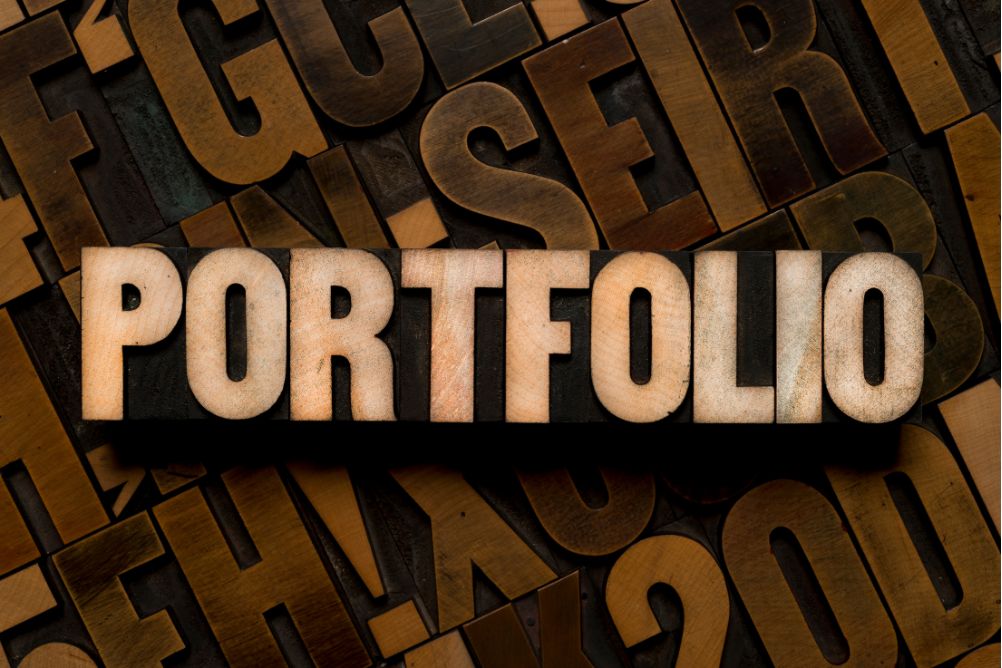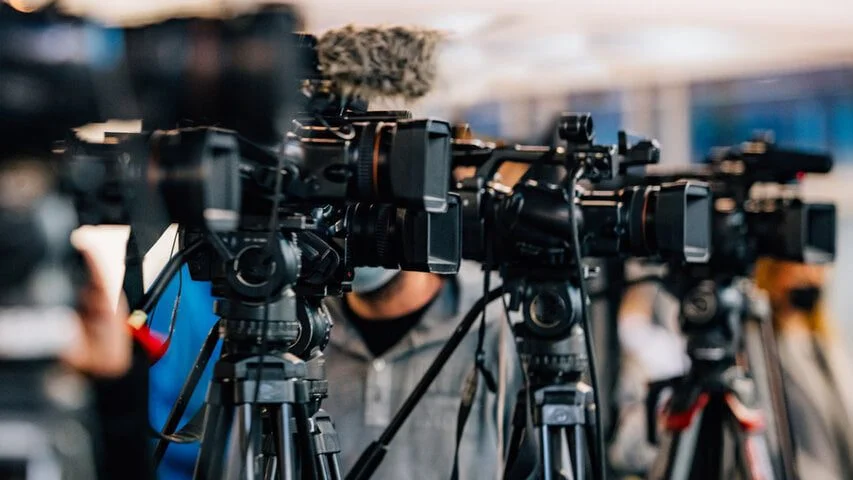In the competitive world of acting, performing, or entertainment, talent is just the beginning.
Whether you’re aiming for casting calls, voiceover gigs, music shows, or theatre roles, your portfolio is your first impression—sometimes your only one.
Think of your portfolio as your silent audition.
Before a casting director meets you, your portfolio speaks on your behalf.
So, how do you build a portfolio that not only checks boxes, but also makes you unforgettable?
Let’s break it down.
🎬 1. Understand What a “Portfolio” Means in Entertainment
In simple terms, a performer portfolio is your professional identity kit. It’s a combination of:
Visuals (headshots, performance photos, video clips)
Credentials (resume, achievements, training)
Personality (bios, social links, vibe)
Contact info (how to book you)
Whether you're submitting for a role or pitching for a gig, your portfolio is how casting teams or organisers decide if you're worth a callback.
📦 You need a complete, clean, and compelling package.
📸 2. Invest in Killer Headshots and Photos
First impressions = visuals.
Casting directors often scroll through hundreds of faces. Your headshot should:
Be recent (no filters or over-editing)
Show your face clearly with natural expression
Reflect your range (serious, smiling, edgy, etc.)
🎭 Include 2–3 headshot types:
Commercial/Smiling
Theatrical/Neutral
Character-specific (if you’re niche)
🖼️ Add performance photos from plays, shows, or music gigs if available. Make sure the lighting, resolution, and framing look professional.
🎞️ 3. Include a Short, Impactful Demo Reel
If a picture speaks a thousand words, your demo reel is a megaphone.
Your reel should:
Be 1–2 minutes long
Open with your strongest scene
Show emotional range and versatility
Include your name/contact at the end
🎥 Tips:
Avoid montages—use actual clips with dialogue or performance
If you don't have pro footage, record scenes in good lighting with clear audio
Use royalty-free music in the background if needed
📌 Optional: Include links to full performances or songs (especially for musicians or comedians).
📄 4. Craft a Clean, 1-Page Performer Resume
Yes, casting directors still want to see your resume. Keep it short, specific, and well-formatted.
Key Sections:
Contact Info: Name, phone, email, location, social/website links
Physical Stats: Height, weight, hair/eye colour (for actors)
Experience: List roles, projects, venue/director (recent first)
Training: Acting schools, voice coaches, workshops
Special Skills: Accents, dance forms, instruments, martial arts, etc.
🧠 Tip: Save it as a PDF and label it clearly — e.g., Jane_Doe_Actor_Resume.pdf
✍️ 5. Write a Short, Engaging Bio
A great bio gives context to your work and humanises you.
Keep it to 2–3 paragraphs and include:
Where you from
What inspires your art
Career highlights
Personality (humour, tone, background story)
🎤 Example:
“Raised in Mumbai and trained at the Lee Strasberg Theatre Institute, I’m an actor drawn to emotionally layered roles. I’ve played everything from Shakespearean queens to quirky rom-com leads. When I’m not acting, I’m hiking or bingeing true-crime podcasts.”
✅ Keep it natural and audience-appropriate.
🌐 6. Build a Personal Website or Portfolio Page
While casting platforms are important, having your own personal site shows professionalism.
Your website should include:
Your headshots and demo reel
Resume (downloadable)
Bio
Performance gallery (photos or videos)
Contact form or email
Social media links
🎨 Use free tools like:
Wix
Squarespace
WordPress
Canva Portfolio Builder
🔗 Tip: Get a simple domain like yourname.com or yournameactor.com.
📲 7. Use Casting Platforms & Keep Them Updated
Don’t rely on just email submissions. Upload your portfolio to key industry platforms:
Backstage
Casting Networks
Actors Access
StarNow
Talent Rack / Talentrack (India)
Mandy Network
IMDb (for film/TV roles)
💡 Make sure:
All photos are high-quality
Your reel is front and centre
Your resume is current
You respond promptly to submissions
Being active on these platforms increases your visibility 10x.
🤝 8. Include Testimonials (If You Have Them)
A good word from a director, mentor, or collaborator can make you stand out.
📌 Add a section like:
"Working with Priya was an absolute pleasure. Her commitment to character depth was unmatched." — Anil Kapoor, Director
🎭 Even reviews from plays, festivals, or indie projects count.
If you don’t have any yet, reach out to former collaborators for a quick quote.
🧩 9. Tailor for the Gig or Role
Your portfolio isn’t one-size-fits-all.
For each casting or opportunity:
Rearrange your reel to show the most relevant clips
Mention related experience in your bio or cover note
Highlight skills that match the role (accents, instruments, dance, etc.)
🎯 Tailoring shows that you're not just talented, but professionally intentional.
✅ Final Thoughts: Your Portfolio is a Living, Breathing Brand
Creating a standout portfolio isn’t just about looking good—it’s about being prepared, polished, and professional.
It says: “I take my craft seriously—and I’m ready for this opportunity.”
Keep it updated. Make it easy to view. And keep evolving it with every new gig, class, or role.
Because your next big break might come from a single click.
🎭 So, make sure when they do click, they remember you.
📌 Related Posts
“How to Tap Into Emotional Authenticity for Powerful Acting”













Recent Comments
No comments yet.